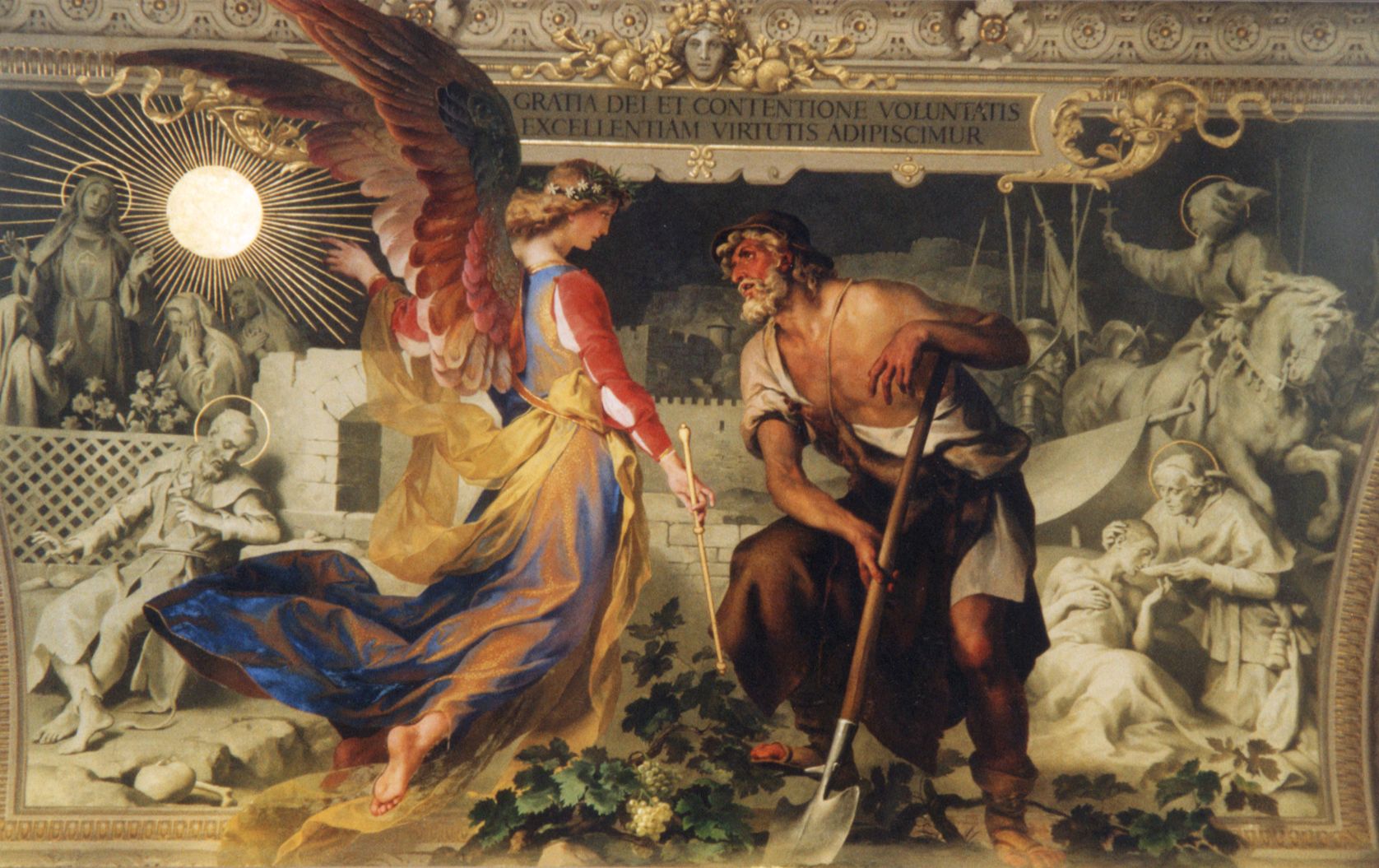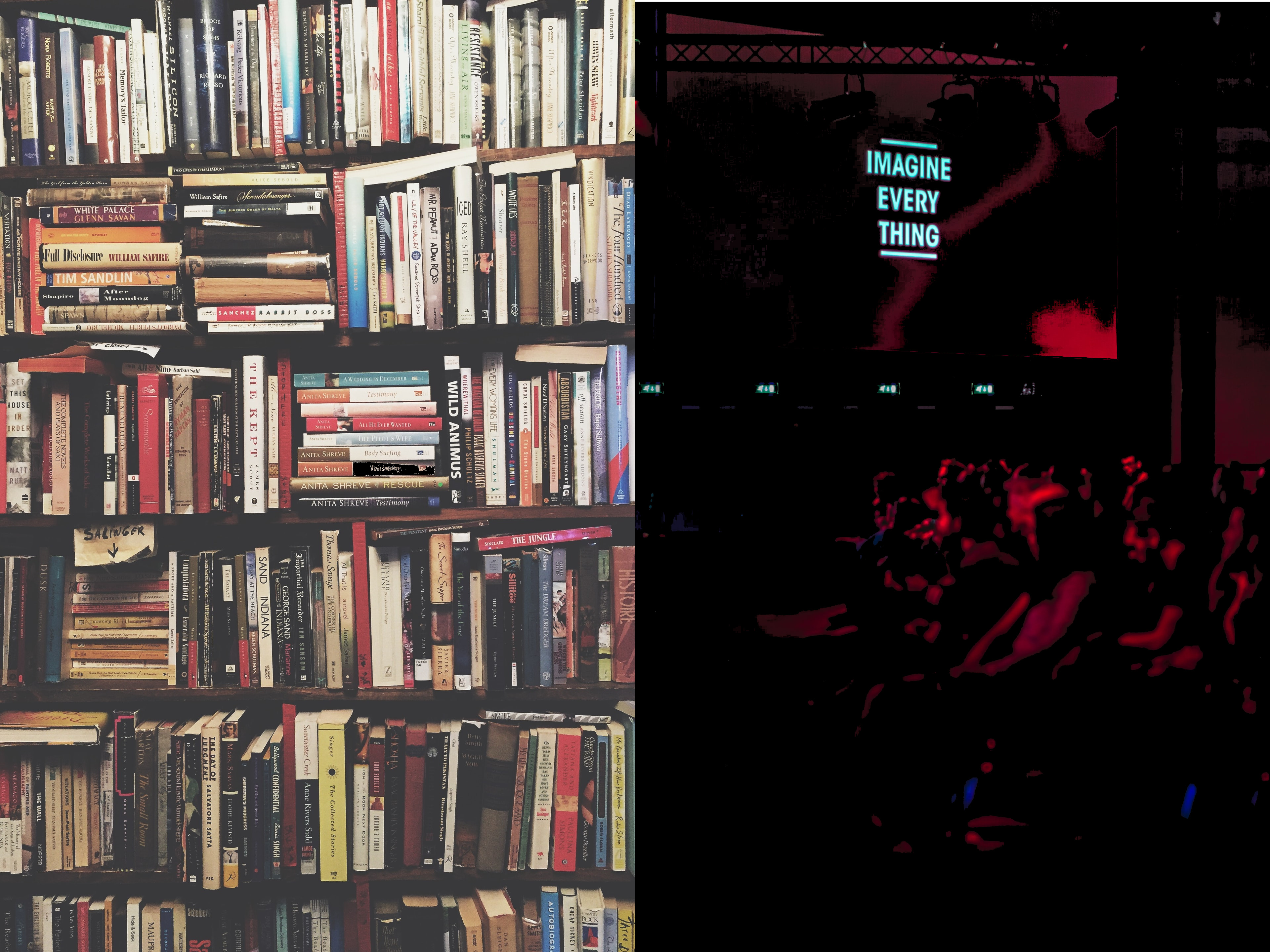

Relationship Between Religion and Art: Religion in Art
Modern Art and Religion
Modern art draws a clear boundary between religion and art. Religion in art is unthinkable. Religious contemporary literature is named a pseudo art or non-art in most circles.
With the emergence of the neo-classical movement in Europe, a debate began about separating art and religion. With time, this led to the complete separation of religion and arts in the Modern and Post-Modern era.
Works of fiction moved away from all religious connotations. Modern art gradually donned a new skin - one dissociated from religion. New standards deemed it taboo to borrow metaphors, and anecdotes, from religious texts.
The separation of Art and Religion in our minds is like the separation of the church and the State. Politics, however, is very different. Where art is an organic living thing, politics is a mechanistic process. Art finds worth in emotions, beliefs, ideas, and cultures - it feels, laughs, cries, and believes.That is why religion in art finds an expression no matter how much someone tries to hide it. Religion is an integral part of art just as every human emotion, belief and philosophy and idea is part of art.
How Religion Shapes Art
Religion finds a spontaneous expression in works of art. Literature and art were born in religious texts. Rig Vedas, Quran, and the Bible inspired Milton's Paradise Lost, Dante's Divine Comedy, Rumi's Mathnavi, the poetry of Hafiz, and so many other poets. Shelly's poetry uses metaphors from the Greek Pantheon and mythology, composing devout prayers appreciating nature's beauty.
Religion influenced even heretical works like Nietzsche's Thus Spoke Zarathustra. Zarathustra comes down from a mountain to proclaim God's death and an end to religion, but his language is archaic and Biblical. His very character is prophetic and religious - a sort of poetic contradiction.
In modern classical literature like the Chronicles of Narnia and the Lord of the Rings, religious symbolism shapes many characters. Biblical Prophets like Moses have encouraged fantastical characters like the wizard.
Religion affects us subconsciously, without us realising it. It is no mere coincidence that religious symbols are present everywhere — in our songs, media, architecture, and even mannerisms. Our environments, cultures, and history shape our affinities, making us love Bach's Art of Fugue, Schubert's Ave Maria, and many other musical pieces, whether we are religious or not.
Great Art and Religion
However, religion alone cannot create great art. All great works of art, religious or irreligious, speak the true voice of the artist's heart — without propaganda. Be it atheism, religion, irreligion, or any other dogma, art should be built seamlessly like an organic thing — living and breathing a life of its own, adding beauty and a sense of completion to it.
We see this profundity and beauty in Rumi's Mathnavi. In the beginning, he seems a madman, but the more you read, the more sense it all makes until you start seeing everything with Rumi's eyes. Great art is like that — instantaneously living, never forced, and never artificial.
Rumi & Coleman Barks
Coleman Barks is an accurate representation of a modern artist. He takes Rumi's brilliance, forcefully tones it down to a mundane level, and presents it to us on a rusty platter. Barks blatantly molds Rumi's words into different meanings murdering their purpose. Majid Nafisi, a Persian scholar, is not wrong in saying:
To remodel and fix Rumi for the American market, Barks follows the path of a New-Age Sufi. He tries to disconnect Rumi's mystical concepts from their historical and social backgrounds and modify them for our contemporary taste.
- Coleman Barks and Rumi's Donkey, Majid Nafisi
The result is a completely different creation - one based on propaganda. Art does not oppose change; rather it is the herald of change and evolution, but when art is turned into Silver - docile, malleable, and controlled; it no longer remains art.
Art as an Organism
A living thing never forgets its roots. You can shed its form, burn its flesh, and erase its memories, but the fundamental constituents: its mannerism, behaviors, and affinities go back to its roots, its history.
Art is not a machine in a factory that can be reconfigured and changed with changing trends and ideologies. It is a living, breathing, evolving organism - an unconquerable heart driven by the artist's soul. Coercion, compulsion, lies, and hypocrisy cannot create art - only propaganda.
Though ideologies shape art when they influence the people, the process is gradual, evolving, and natural. Forced dogmas only kill its spirit leaving behind an empty shell.
Sadly today in the name of political correctness harsh boundaries are being drawn between old conventions and modern ideas. What we don't understand, is that we can not disconnect ourselves from our history. And that means old and enduring ideas like religion must find a neutral or even sympathetic expression in our art and literature. Else art will become something forced. Something mechanistic and inorganic. Something artificial, cold and dead.


Comments